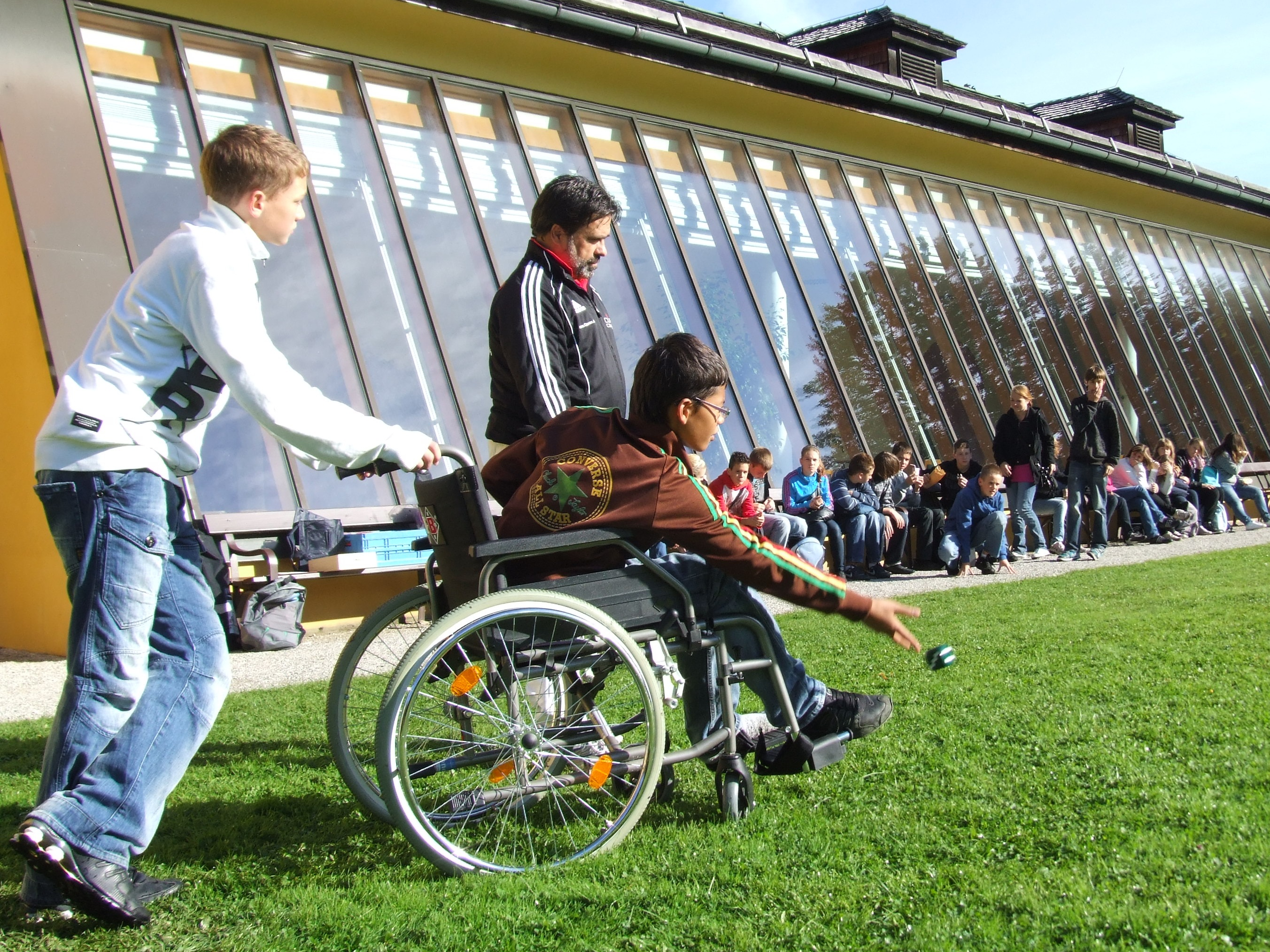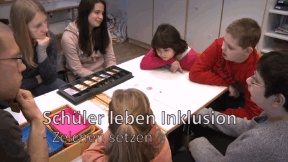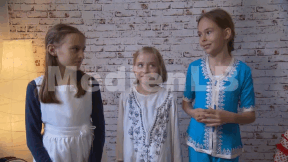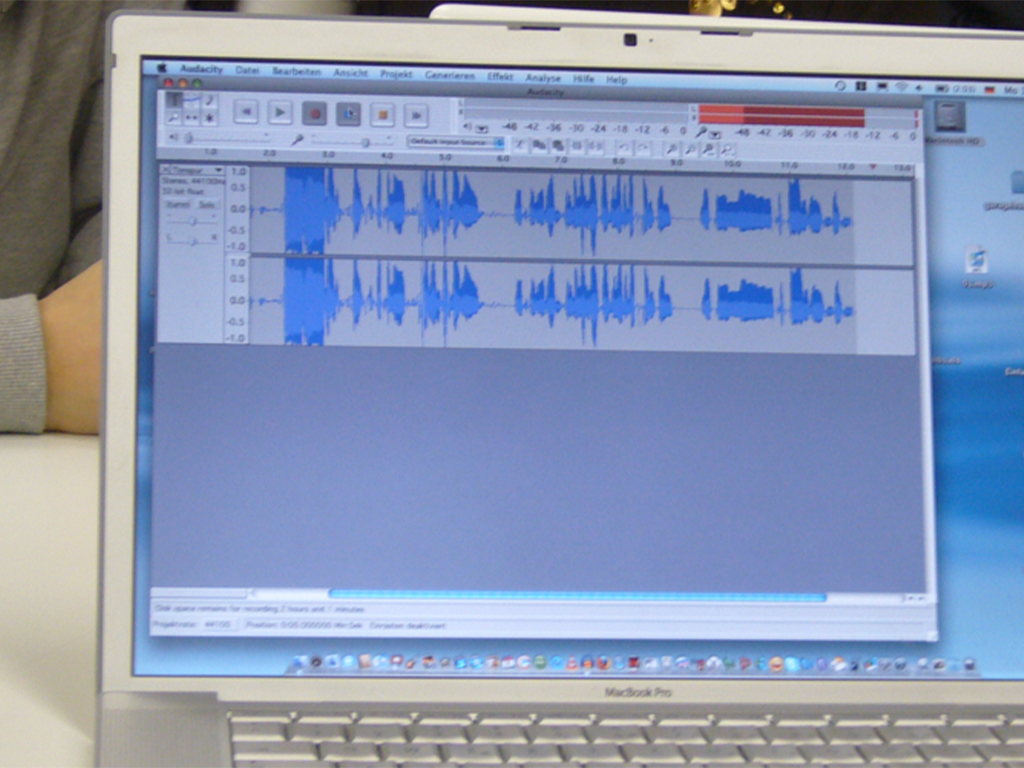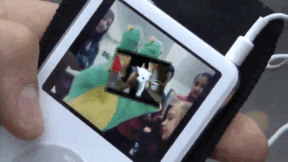 Biology
Biology
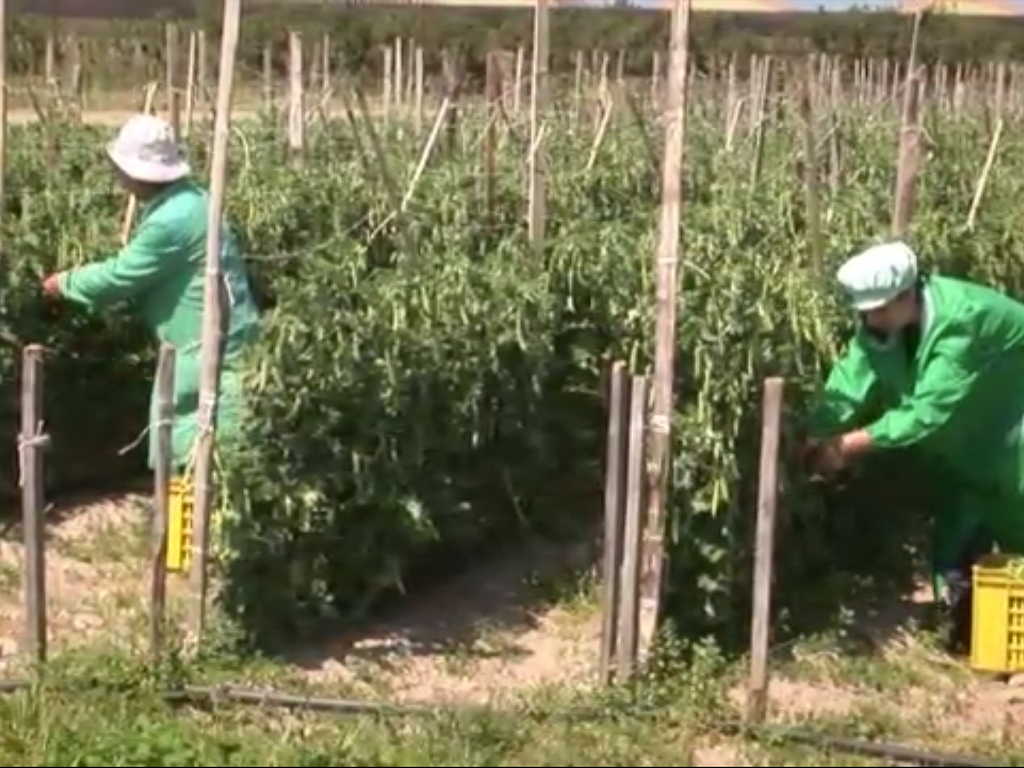
4664198 / 5553642
Worth Eating
Biodynamic Farming in Sicily
Bio/eco – words that earlier on were likely to cause smiles but today are simply part of a modern lifestyle. Taking care that textiles, cars and especially victuals are produced ecologically compatible is a trend. However, it is not only a bad conscience that induces us to buy a bio apple instead of sprayed apples. Mostly we are also quite simply convinced by its taste! So it is hardly surprising that not only bio farms or weekly markets sell fruits and vegetables that have been grown organically but also supermarkets and even discounters. But how does biodynamic cultivation actually work? What distinguishes it from traditional agriculture? What connection is there with appropriate animal husbandry and how are the groceries marketed? The film ´Biodynamic Farming´ and the corresponding accompanying material get to the bottom of these questions and provide in-depth information around the topic. Furthermore, exciting and instructive exercises are to be found in the accompanying material.
Play trailer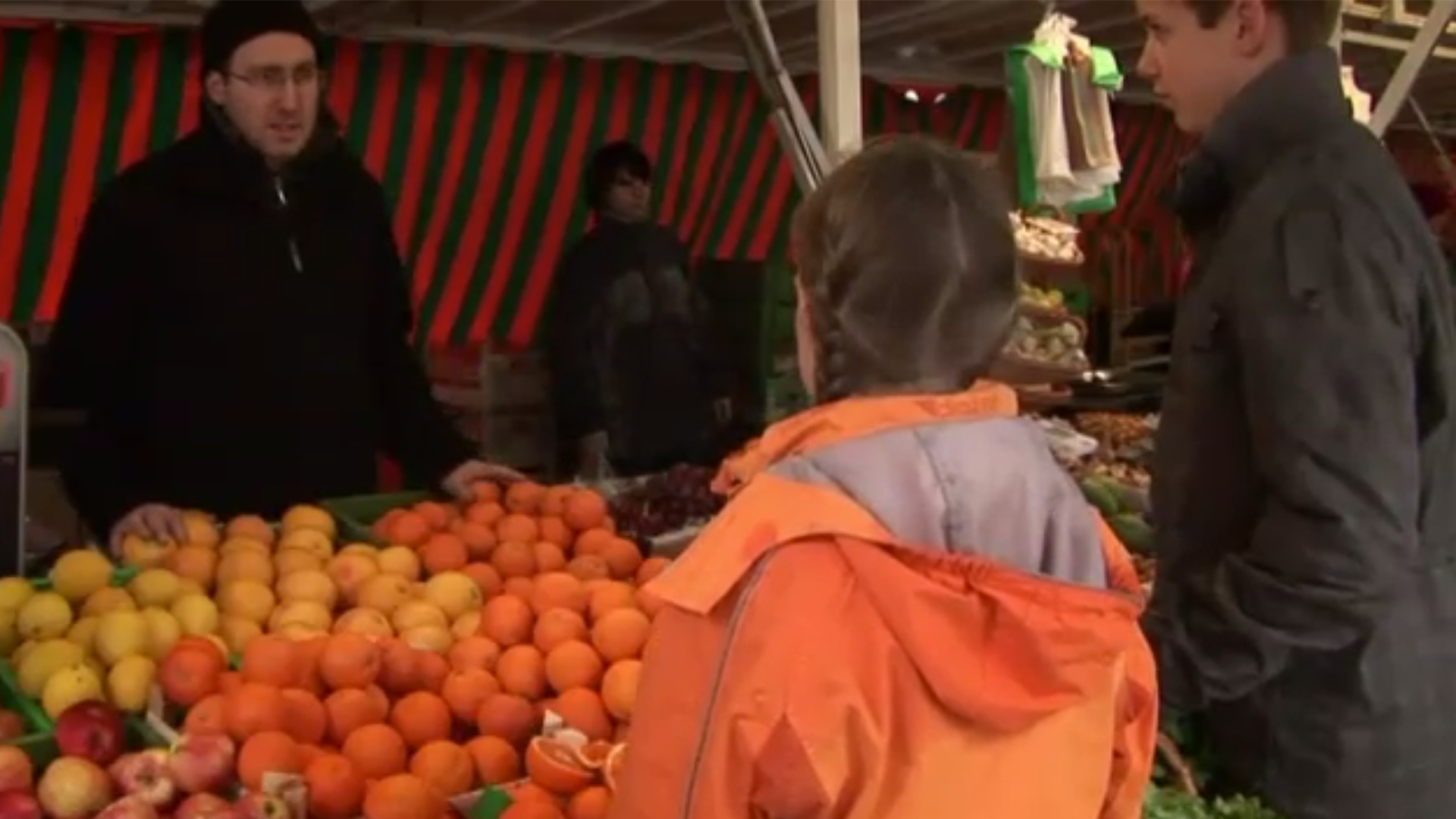
Curriculum-centred and oriented towards educational standards
Matching
Pupils Practise Inclusion
When people come together, no matter under what concomitant circumstances – ultimately, it is about how these people meet and how openly they interact with one another.
Podcasting
Today, the use of new media has become a matter of course not only in everyday life – schools and teaching, too, benefit from the new technologies and methods, which support active and independent learning. Especially in computer science, ethics and language courses but also in all other subjects, modern media are a valuable pedagogic and didactic asset. This DVD uses the example of podcasts to demonstrate how the possibilities opened up by new media can be applied in the classroom and how the pupils can be taught to handle them in a competent and target-oriented manner. The film is aimed at supporting the use of podcasts at school and encourages making them. This also requires the ability to find information on the Internet and assess it. The film informs on the functionality of podcasts and technical background as well as on the teaching and learning possibilities offered by podcasts – ranging from specific contents to superordinate learning targets such as the advancement of creativity and team spirit. The DVD is a useful support for teachers applying new media and wishing to show their pupils how to handle Running Time: 20:29 ms them in a sensible way.




